At the Royal Square in the core of Angkor Thom, there is a group of twelve simple Prasats called Prasat Suor Prat, sometimes spelt "Sour Prat", and pronounced "Sor Prot". The modern Khmer word "Suor Prat" means "tightrope walking" or "cord dancing". The associated assumption is that ropes were stretched from one tower to another for artists when they were performing their acrobatic shows on festival days.
Indeed, the royal platform, called Terrace of Elephants, is at the opposite west edge of the Royal Square, which is also called "Victory Square", but that platform is a little bit far for viewing acrobatic performances. There is no other historical evidence for this interpretation of the towers.
Another legend has it, that similar to a Buddhist Jataka tale, an ogress imprisoned twelve young wives of the king in the twelve towers. This is the origin of the alternative name "Prasat Neang Pi Dandap", meaning "Towers of the twelve young women".
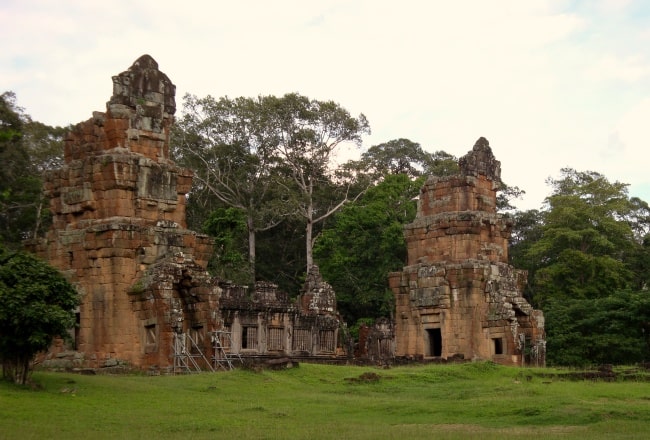
The famous 13th century Chinese envoy to Angkor, Zhou Daguan, gives another dubious account of their function. According to his report the towers were used to settle legal disputes by ordeals. The two belligerent parties were kept in the towers. After a few days one was healthy and the other one suffering from fever or catarrh or an ulcer. This way the sick one was declared guilty by divine decree.
Ten of the twelve Prasats are aligned on a north-south axis. The group of twelve towers is symmetrically divided by the so-called "Victory Alley", now part of the Small Circuit road, that begins at the Royal Square and leads eastwards, crossing the Victory Gate. Two more towers not on the same line as the others flank the victory road a little bit further to the east. Behind them there are the North and South Khleangs, much older structures.
All twelve towers are almost identical. They are built of laterite, with bays, frames and lintels made of sandstone. They are undecorated. Only few stone pediments show carvings, they depict Nagas and hermits. The architectural style of the towers is quite unique, as they have windows with balusters on three sides, instead of the common false doors, and two levels in the interior. Each upper level has a cylindrical vault with two frontons.
As with many monuments in Angkor Thom, the construction of Prasat Suor Prat may have been begun under Jayavarman VII, the city founder, and finalized later on in the first half of the 13th century under his successor Indravarman II. But strikingly, the twelve towers do not display Bayon-style characteristics. It has been claimed both that they are pre-Bayon and that they are post-Bayon. Thus neither the function nor the date of Prasat Suor Prat is known.
The towers underwent restoration recently, some of them are still enforced with wooden beams.
The best time to visit Prasat Suor Prat is the afternoon. A ticket is not to be presented to enter the temple area and the inner rooms. But you should have a valid Angkor ticket available when exploring this central part of Angkor Thom.
Below is the glimpse of Prasat Suor Prat in 360o viewing:


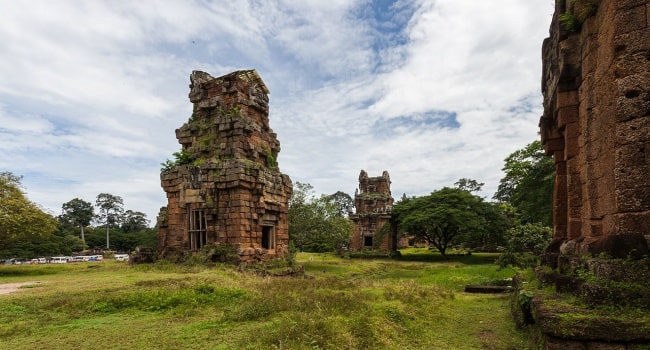

 14/01/2026
14/01/2026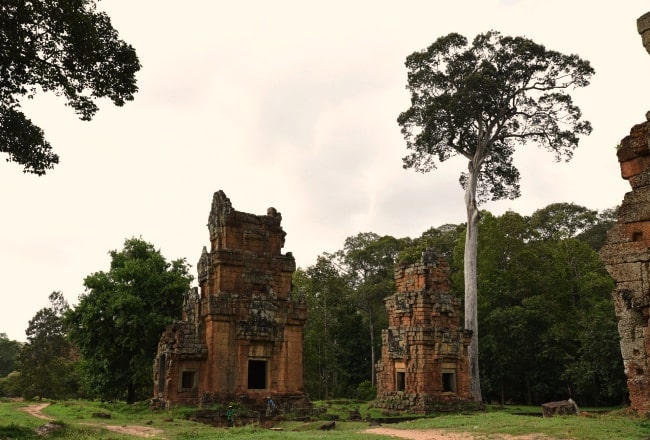
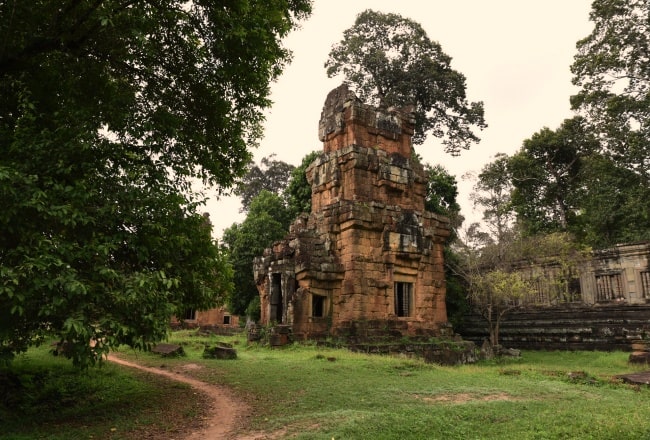
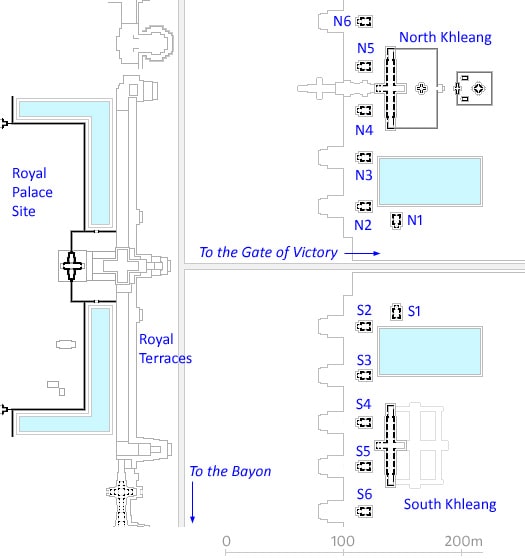



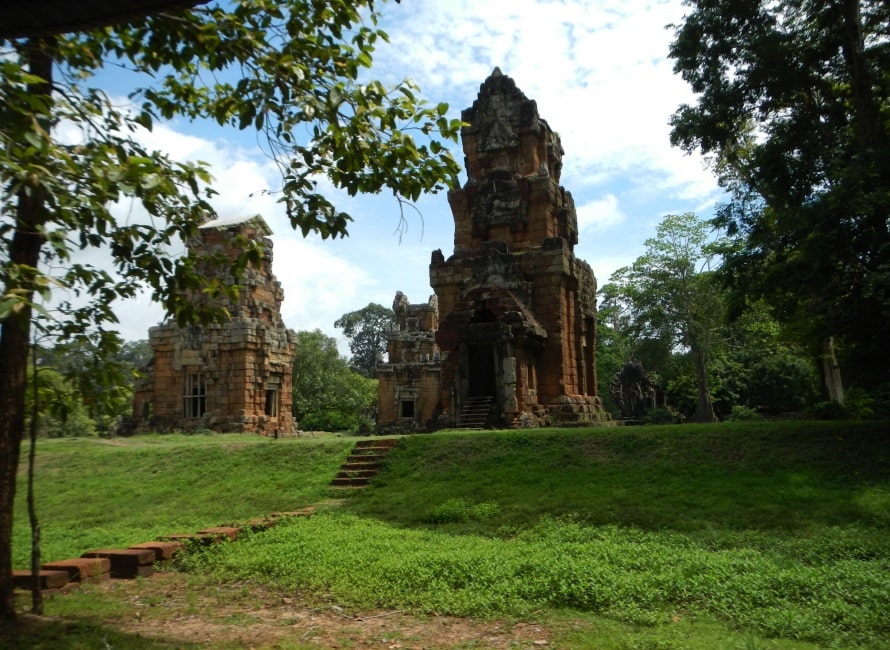
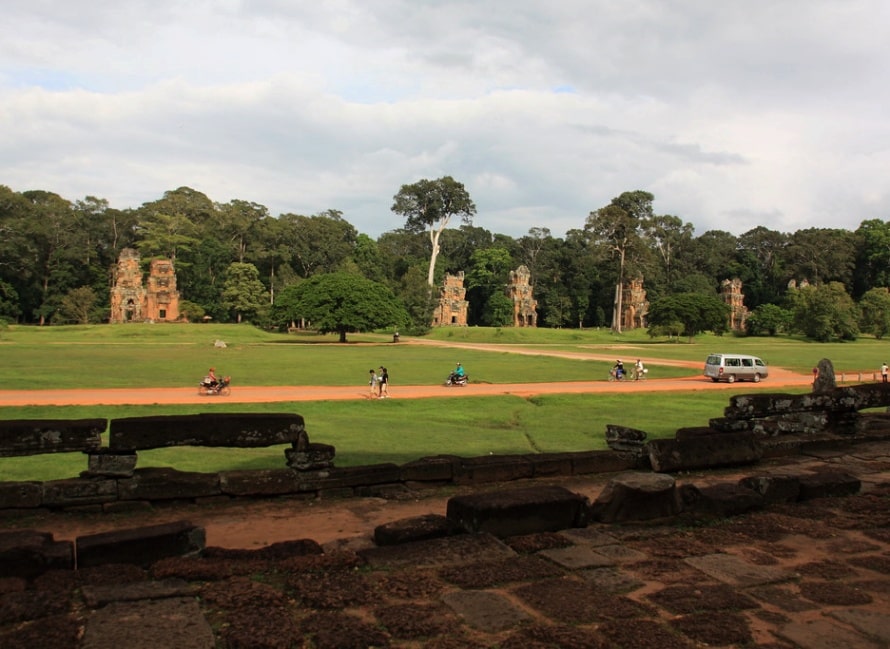
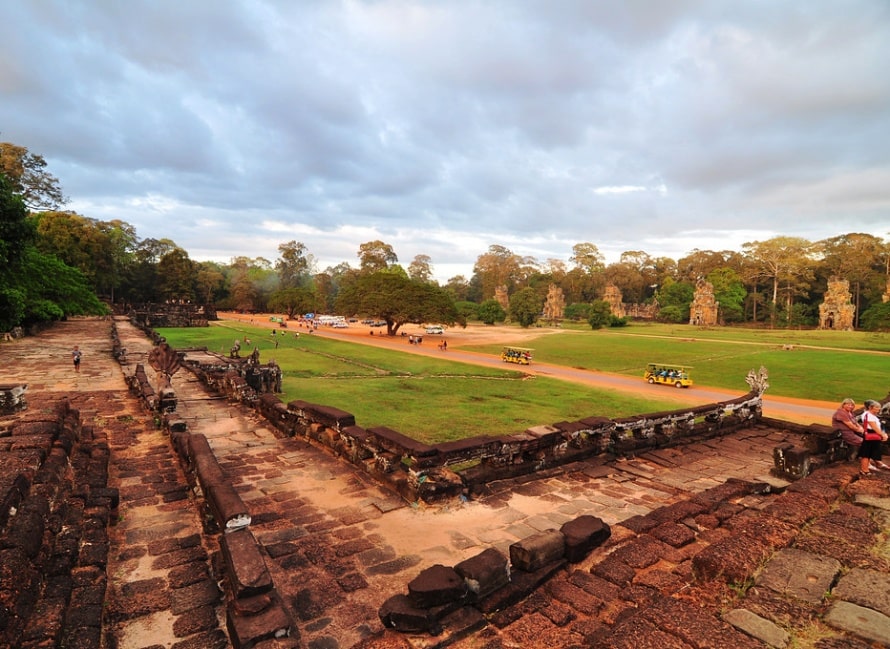
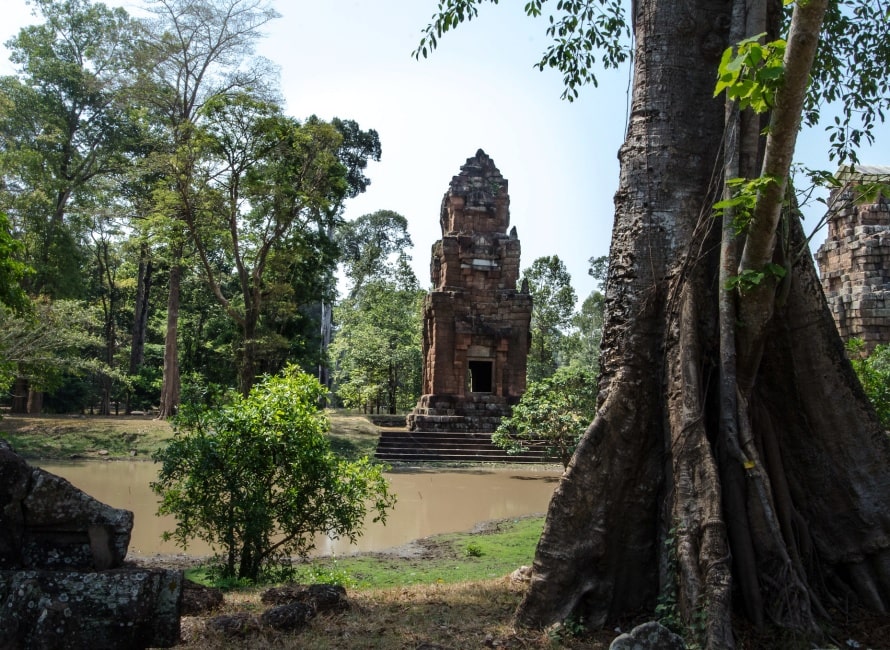
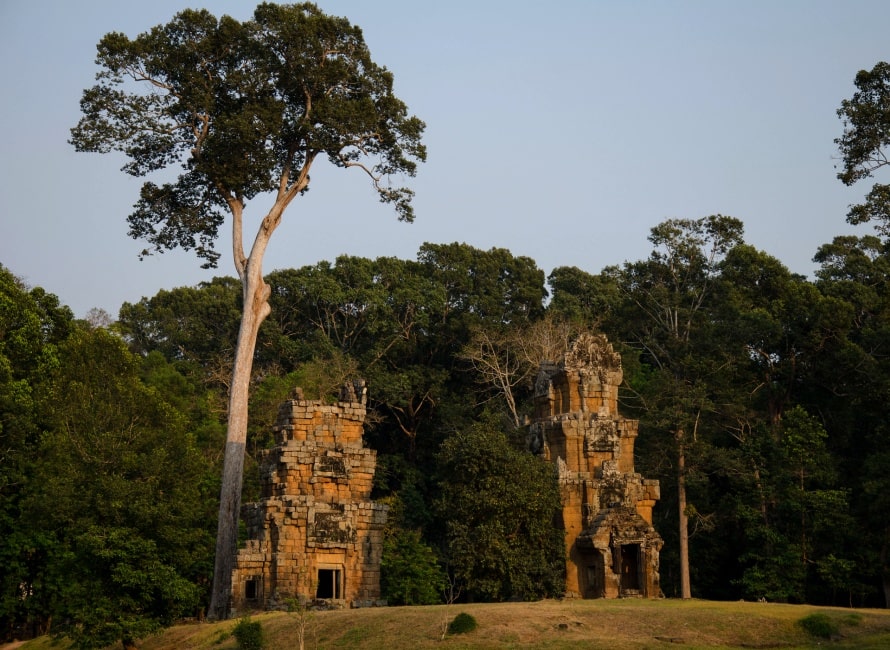
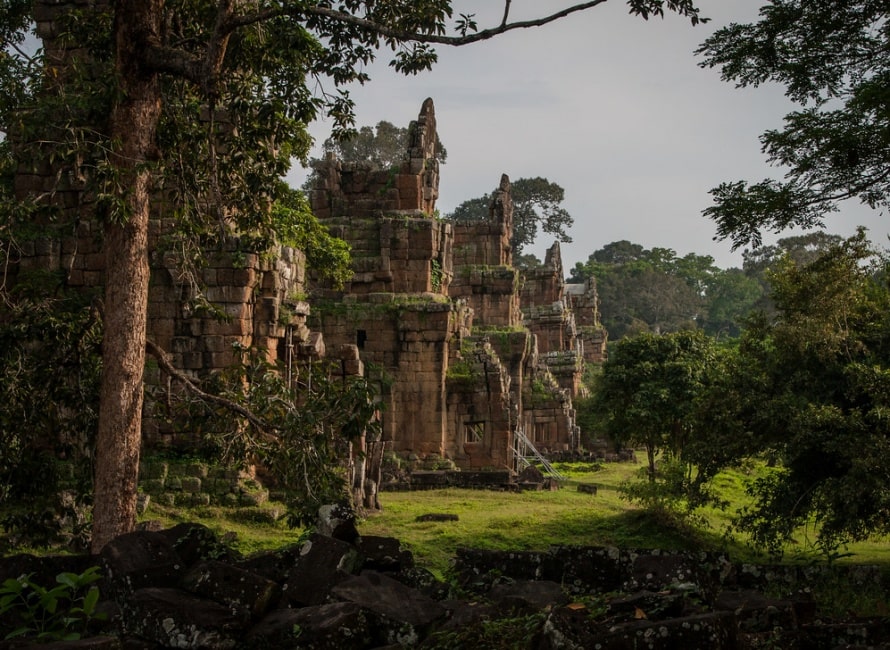




















Jolie LIEMMy name is Jolie, I am a Vietnamese girl growing up in the countryside of Hai Duong, northern Vietnam. Since a little girl, I was always dreaming of exploring the far-away lands, the unseen beauty spots of the world. My dream has been growing bigger and bigger day after day, and I do not miss a chance to make it real. After graduating from the univesity of language in Hanoi, I started the exploration with a travel agency and learning more about travel, especially responsible travel. I love experiencing the different cultures of the different lands and sharing my dream with the whole world. Hope that you love it too!